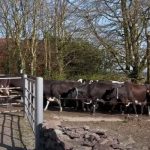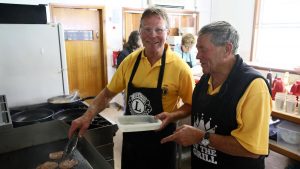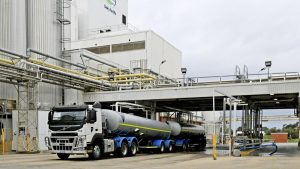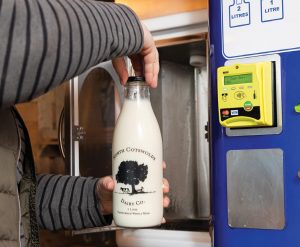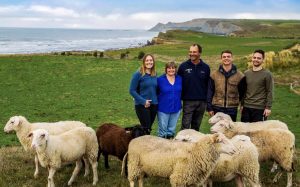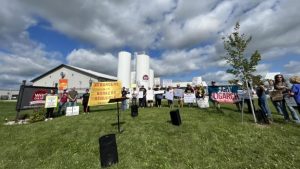
Victoria’s $3B dairy industry is looking to tackle its own housing crisis head-on as it looks to attract and retain a skilled workforce across three main milk-producing regions.
The Gardiner Foundation is launching an expressions of interest process to identify innovative housing solutions as the state’s dairy industry faces growing challenges to access housing.
Gardiner is seeking partnerships with developers, investors and government bodies to create sustainable and affordable housing options for dairy communities.
Victorian milk producers supply almost two-thirds of the nation’s dairy products across three main regions, including south-west Victoria centred around Colac and Warrnambool, northern Victoria from Shepparton to Swan Hill and Gippsland.
Gardiner Foundation general manager Jenny Wilson said access to housing is a major barrier to attracting and retaining a skilled workforce for producers and manufacturers.
The issue is prevalent both on farms and particularly in towns, where there wasn’t enough affordable or suitable properties available.
Key challenges include severe housing shortages in both rental and owner occupier properties, rising rental costs pushing workers out of affordable accommodation and rising house prices providing a barrier to people to buy homes.
According to the most recent Homes Victoria Rental Report, median rent in regional Victoria remains high at $450 per week, while the 6.8 per cent rise in rent prices over the past year is well above the 10-year average of 4.7 per cent.

Skilled workers are required on farms and processors. Picture: Zoe Phillips
PropTrack data shows median house price growth in the Shepparton, Hume, Warrnambool and South West Victoria and Gippsland – Latrobe regions had substantially outpaced Melbourne over the past five years.
Persistently low vacancy rates and rising rental costs continue to make housing less accessible for workers and businesses in regional communities.
“The industry is also competing with other sectors that are also trying to house a workforce, whether they’re a local meatworks or an intensive glasshouse development competing with other sectors like tourism or health sector that are also trying to have their professional workforce housed in regional areas.”
Ms Wilson said in many towns there was very little rental homes available, but also little diversity in housing stock to support skilled workers and families.
“Part of the challenge is for the traditional developers, small regional towns don’t quite provide the scope for their investment,” she said.

Victoria’s dairy industry is also a key exporter.
Many businesses are shouldering the financial burden of providing housing for workers, further limiting industry growth.
George Housakos from Cushman & Wakefield, who has been appointed to execute the EOI process, said the initiative would encourage much-needed housing and aims to stimulate local economies and foster community development.
“We anticipate strong interest from different stakeholders in the housing system, all eager to address the housing shortage in Victoria’s dairy regions, he said.
The EOI process is now open to stakeholders with ideas to deliver sustainable housing solutions in Victoria’s dairy regions.
The first market briefing will be on April 28 and the EOI will be released to the market on 30 April 2025. All queries can be directed to housing@gardinerfoundation.com.au
You can now read the most important #news on #eDairyNews #Whatsapp channels!!!
🇺🇸 eDairy News INGLÊS: https://whatsapp.com/channel/0029VaKsjzGDTkJyIN6hcP1K


